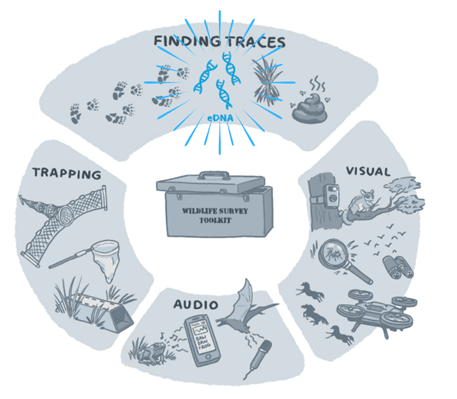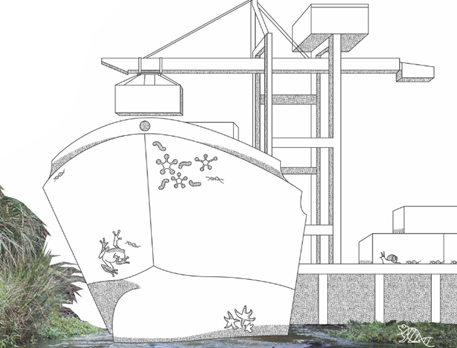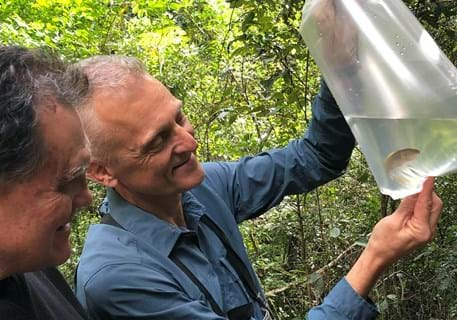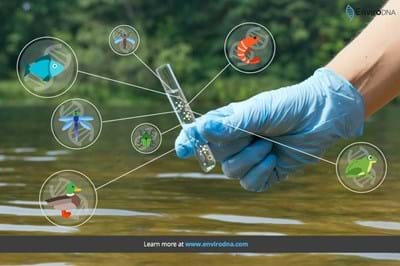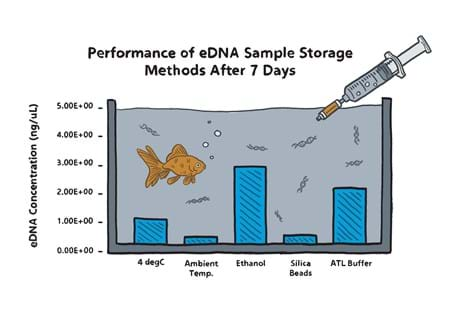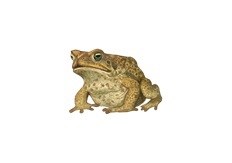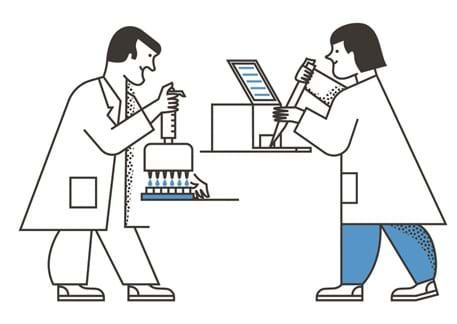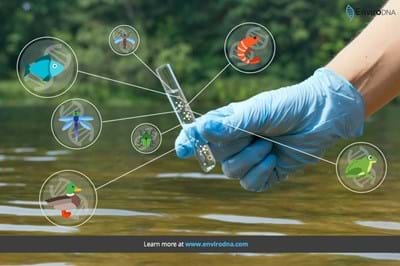EnviroDNA is exploring new techniques to use eDNA sampling for the detection of terrestrial species.
Our Research Director, Dr. Andrew Weeks and Molecular scientist, Dr. Sue Song, have recently co-authored a collaborative scientific paper comparing eDNA metabarcoding methods against traditional electrofishing techniques.
The EnviroDNA team continues to grow and we are so excited. Introducing one of our newest team members.
A new study with cesar, Plant & Food Research New Zealand the Victorian Farmers Federation is underway to combat the growing biosecurity threat posed by the Brown Marmorated Stink Bug.
The EnviroDNA team is growing and we are so excited. Introducing one of our newest team members.
Our team is working closely with the Queensland Department of Environment and Science (DES) on a rescue mission to save the Queensland River Blackfish from near extinction.
Calling all environmental practitioners, ecologists, rangers, environmental managers, catchment managers from government, NRM organisations, environmental organisations and consultancies! If you need to detect and monitor wildlife and wonder if eDNA could help you then please do join our webinars to learn more.
Preserving eDNA once collected is critical, but it can pose some logistical challenges when working in the field. After testing a number of preservation methods we are now offering two options for our clients to store collected samples before shipping back to the lab.
Environmental DNA is a powerful new tool for detecting species, presenting an important opportunity for Australia’s biosecurity and invasive species management efforts. Read more about how it is being used in Australia with examples such as the Cane toad.
Our very own technical director Dr Andrew Weeks along with Dr Reid Tingley, Head of the Macroecology Research Group at Monash University and University of Melbourne PhD candidate Emily McColl-Gaudsen (lead author) have a new paper published! It's genetic technology explained for the non-geneticist.
Environmental DNA (eDNA) is an effective and affordable way to survey species and biodiversity. This report provides an introduction to eDNA: how it works, the science and why it is valuable.
Are you an environmental consultant interested to learn more about eDNA and how to use in your client projects? Here is a list of upcoming events/webinars for you!

